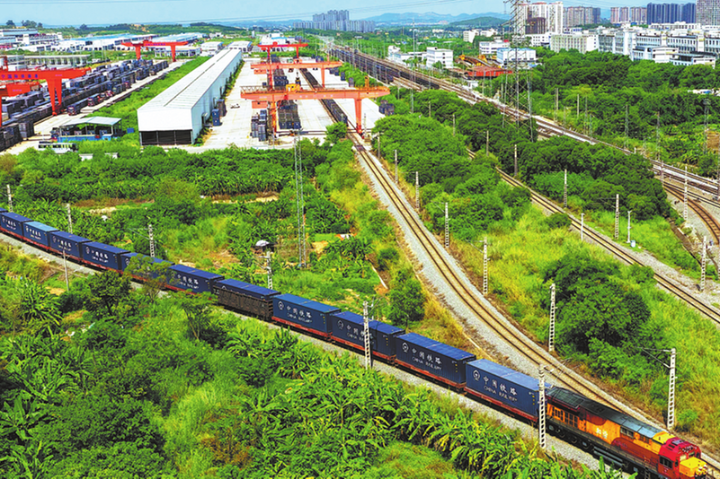Sichuan charms international visitors


At Jiuzhaigou National Park, the number of inbound travelers has been on the rise after the pandemic, with a record high of 383,000 visits in 2024, notes Guo Xiaomin, deputy director of the park's administration.
Guo attributes part of this growth to China's extended visa-free transit policy, which now allows travelers from dozens of countries to stay in China for up to 240 hours without a visa.
The attraction has seen a rise in interest and bookings from international tourists since the policy change, she notes.
Southeast Asian travelers dominate inbound arrivals, accounting for 56 percent, Guo says.
To address long-standing challenges like ticket booking difficulties, language barriers and payment obstacles, the park has streamlined ticketing process for international visitors to directly book tickets through global online travel agencies using passport information, Guo says.
AI translation robots proficient in 14 languages have been deployed at visitor centers, while all 32 entrance gates of the park accept passport-based entry with equal efficiency to domestic ID card scanning, she adds.
The park is also accepting major international credit cards to ensure overseas travelers have a hassle-free payment experience.
For Pellegrin, one of the compelling reasons for his visit has been the country's visa-free policy.
"It has been very convenient for European travelers to visit China," he says.
He made the decision to come for the first time last year when China announced the visa-free entry, and was blown away by the majestic landscape and pristine nature in Zhangjiajie, Central China's Hunan province.
"It left me a very good impression, so I didn't hesitate to come for a second time to the country," he says.
Wang Wei, a senior official with Trip.com Group, sees many inbound travelers' experiences like Pellegrin's as emblematic of a larger trend.
"We've seen two consecutive years of more than 100 percent growth in inbound tourism bookings," Wang says.
"Much of this growth is driven by independent travelers from countries like South Korea, Malaysia and Singapore."
























